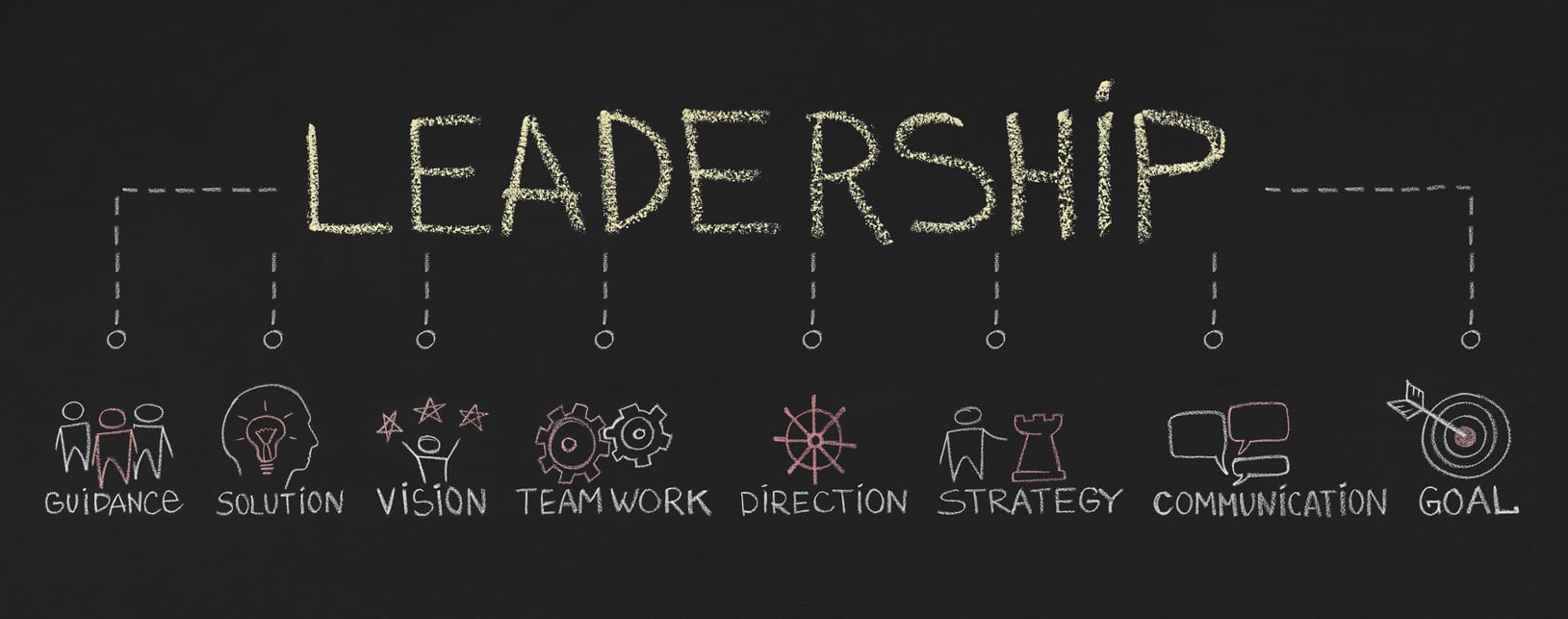- What is Strategic Leadership?
- Benefits of Strategic Leadership
- Strategic vs. Traditional Leadership
- Core Qualities and Skills of a Strategic Leader
- Strategic Leadership in Action: Real-Life Examples
- Challenges in Strategic Leadership
- Practical Steps to Become a Strategic Leader
- Who Can Be a Strategic Leader?
- Conclusion
In today’s world, leadership is not just about managing the team. Technology is changing fast, competition in the market is increasing and customer expectations are changing every day. At that time, it’s not enough to just meet today’s targets but also to plan for the future and take the team in that direction.
This is where the real need for strategic leadership comes to the fore.
What is Strategic Leadership?
Strategic Leadership means leadership that does not only focus on today's situation, but identifies future opportunities and challenges and takes decisions accordingly.
Such a leader understands that:
"Every decision today affects tomorrow's results."

A strategic leader not only runs the team, but also gives it a big and far-reaching direction. He sets a vision that not only solves problems but also inspires the team to move forward.
Understand with an example:
Suppose you are the principal of a school. If you only pay attention to everyday classes, timetable and homework, then you are a "manager". But if you think about what kind of skills children will need in the coming 5 years (like coding, AI, communication), and change the school system accordingly from today itself—then you are a strategic leader.
Free Strategic Thinking and Leadership Course
Enhance your leadership skills with this free course on strategic thinking. Learn how to lead teams, make intelligent decisions, and manage change with a visionary approach.
Benefits of Strategic Leadership
Adopting a strategic approach brings clear advantages to any organization or team:
- The company or team gets a clear direction.
- Innovation and new ideas are encouraged.
- Ownership and motivation flourish within the team.
- It provides stability and guidance in times of uncertainty.
- Resources are utilized more effectively.
Strategic vs. Traditional Leadership
The difference in mindset and approach is stark.
| Point | Traditional Leader | Strategic Leader |
|---|---|---|
| Thinking | Today's | Tomorrow's |
| Decisions | Immediate problem solving | Looking at long-term impact |
| Leadership Style | Controlling | Inspiring |
| Focus | Operation | Innovation |
| Attitude Towards Change | Fear or obstruction | Welcome and preparation |
Core Qualities and Skills of a Strategic Leader
Strategic leadership is a blend of mindset and actionable skills. Here are the core competencies:

1. Visionary & Strategic Thinking
This is a way of thinking where you prepare not only for today but also for tomorrow. A leader has a clear and long term vision – they know where they want to see their team or company in 5 or 10 years. It means seeing the big picture, taking small steps in that direction and linking every decision with future planning.
Example: If your team is making a new product today, you also have to think about what the position of that product will be in the market after 2 years.
2. Systems Thinking
Systems Thinking means understanding how to connect different parts of the organization (Marketing, Finance, Production, HR) with each other. A strategic leader understands how a change in one department will impact the rest.
Example: If the company is increasing the sales target, will the production team be able to deliver that quickly? This thinking is strategic.
3. Proactive Risk Management
A strategic leader does not wait for problems to arise. They think in advance about what could go wrong and prepare solutions. Every big decision brings some risk, and a strategic leader identifies these risks and makes plans for them.
Example: If new technology is being adopted, then its failure cases should also be analyzed.
4. Communication & Storytelling
A leader should not only be a good thinker, but also a good speaker and explainer. The vision must be conveyed to the team in such a way that they feel connected to it.
Example: If you say “we want to become No.1 in the market”—then why, how, and when—it is important to tell all this in a clear and inspiring way.
Read: How to Improve Communication Skills
5. Adaptability & Change Management
A strategic leader isn’t afraid of change, they see it as an opportunity. When any change comes to the team – like new software, a new leader or a new process – many people get nervous. A strategic leader implements the change smoothly and helps the team to adjust to it.
6. Team Empowerment & Emotional Intelligence
A strategic leader doesn’t just give orders, they give their team the freedom to think, decide and grow. A good leader understands the feelings and needs of their people. It is very important to understand when the team is motivated, when it is frustrated, and how to handle it.
Also Read: Important Leadership Skills You Need at the Age of AI
Strategic Leadership in Action: Real-Life Examples
- Satya Nadella – Microsoft: When he took over Microsoft, the company was stagnant. Nadella focused on Cloud Computing, Open Source, and AI, and made Microsoft an industry leader again.
- Ratan Tata – Tata Group: The Nano Car, the acquisition of Jaguar Land Rover, and CSR through Tata Trusts—all show that he was a visionary and strategic leader, who kept society in mind along with business.
Challenges in Strategic Leadership
The path of a strategic leader is not without its hurdles:
- Preparing the team for change.
- Balancing today's targets with future goals.
- Taking all stakeholders in one direction.
- Making decisions in uncertainty and with incomplete information.
- Staying calm under time constraints and pressure.
Practical Steps to Become a Strategic Leader

1. Think about the long-term impact of every action.
When taking any small decision, ask yourself: "What will be its impact after 6 months or 1 year?"
2. Get into the habit of "What if?" questions.
Start scenario-based planning, like: "What if my company loses a big client?" or "What if the market trend changes?" This kind of thinking is the hallmark of a strategic leader.
3. Read case studies of successful leaders.
Read leadership stories of people like Satya Nadella, Ratan Tata, and Indra Nooyi—understand how they thoughtfully took decisions in difficult times.
4. Increase communication with your team.
Leadership is not just about giving tasks. Ask the team what their opinion is and where they see the company or project going. Understanding their vision is also a part of leadership.
5. Review your daily decisions.
At the end of the day or week, think: "Do the decisions I took match my long-term strategy? Did I just get stuck in urgent things or did I think about the future?"
Who Can Be a Strategic Leader?
1. The Manager:
Who not only assigns tasks but also prepares their team for future challenges and growth.
Example: An HR manager who knows which skills will be required after 2 years and starts hiring or training from today accordingly.
2. The Startup Founder:
Who may have less money, but whose thinking is so big that they plan their decisions for 5 years ahead.
Example: Thinks about how to scale the product before it even comes to market.
3. The Project Leader:
Who does not consider their project an isolated task, but plans it according to the entire business.
Example: A leader who ensures the dev team takes care of security and scalability from the very beginning.
4. The College Student:
Yes, a student can also be one. One who does not limit their studies to just exams, but thinks about which industry they want to go into and develops skills accordingly from today.
Conclusion
Strategic leadership is not magic. It is a way of thinking and decision-making which can be learned and adopted. In today's world, we need leaders who think far-sightedly, not just those who achieve their targets.
If you want to create something big and sustainable in your career, team, or organization, then adopting the path of strategic leadership is the right way.
Suggested Read: What is Strategic Management and Its Importance?






